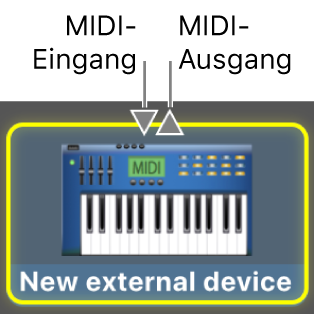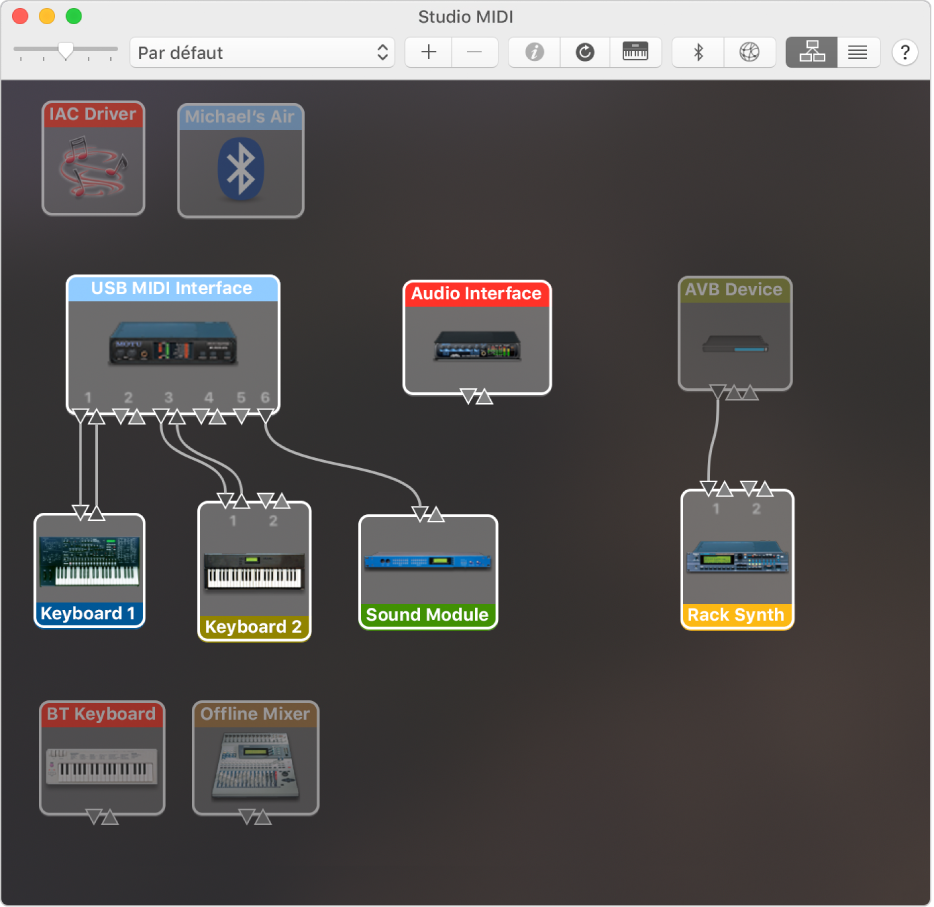WIDI Audio To MIDI VST plugin automatically transcribes arbitrary polyphonic audio tracks into MIDI output. Unlike the original audio record, the MIDI output can be easily edited. Sep 12, 2019 On the Mac, look for and open an app called Audio MIDI Setup. This is a stock app on macOS and you should be able to open it from Spotlight, Launchpad, or the Applications folder. Once you have the app open, you’ll notice that all the audio devices that are connected to your Mac are listed in a column on the left. Works with Mac OS X. Digital Audio Workstation and MIDI sequencer TwelveKeys Music Transcription Software: NCH Swift Sound Software: polyphonic: Unlike other programs on this page, this program is designed to assist musicians to transcribe music recordings. This is an honest approach. Testing to see if a MIDI device is recognized on Mac Open Spotlight by pressing Command + Spacebar, or clicking the magnifying glass in the top right corner of your desktop. Type in Audio MIDI Setup. Hit Enter or select Audio MIDI Setup from the list.

Audio MIDI Setup User Guide
Use Audio MIDI Setup to set up audio input and output devices, such as microphones and multichannel audio interfaces. You can also use it to route audio from iOS and iPadOS devices directly into your Mac.
Available settings in Audio MIDI Setup depend on the audio device you’re using. For example, you can adjust the volume for each channel your audio output device has available.
Audio Midi Setup


Connect your audio devices to your Mac and, if necessary, install any software included with the devices.
In the Audio MIDI Setup app on your Mac, in the sidebar of the Audio Devices window, select a device.
Note: For iOS and iPadOS devices, first click Enable, then select the device. You may be asked to unlock your device with a passcode or to trust the device.
Control-click the device, or click the Action pop-up menu at the bottom of the sidebar, then choose how the device is going to be used:
For sound input: Choose “Use This Device for Sound Input.”
For sound output: Choose “Use This Device for Sound Output.”
For playing system sounds: Choose “Play Alerts and Sound Effects Through This Device.”
On the right side of the Audio Devices window, choose the options available for the device you selected:
In most cases, “Clock source” is set to the default.
Click the Format pop-up menu, then set the sample rate and bit depth. Make sure they match the appropriate settings for your audio device.
If your Mac supports the hardware sample rate converter, the Hardware Rate Converter pop-up menu is available in the Input pane. When you choose Automatic from the pop-up menu, the hardware sample rate converter is turned on if the audio samples coming in are PCM and formatted according to the international standard IEC 60958-3. The hardware sample rate converter is turned off if the input stream is encoded. You can also choose Enable or Disable from the menu, to keep the hardware sample rate converter turned on or off.
If software volume control is available for your device, the Volume sliders appear blue to indicate that they’re active. Drag the sliders to set the volume for each channel.
To set up a surround (multichannel) speaker configuration, click Configure Speakers, then set up the configuration.
Audio To Midi Converter Mac Os X




